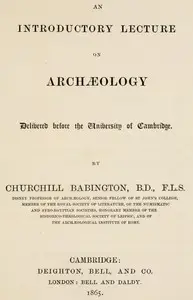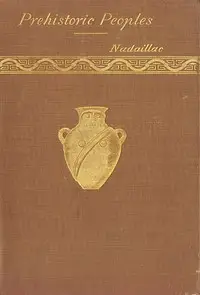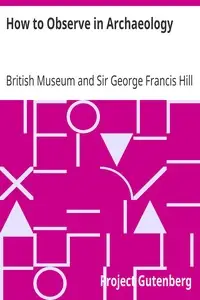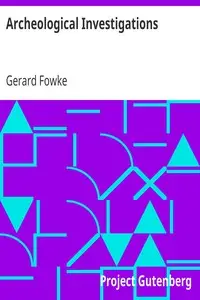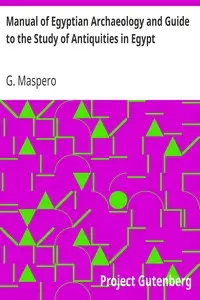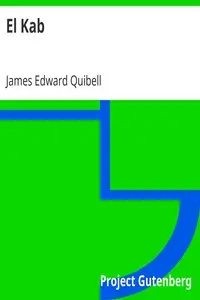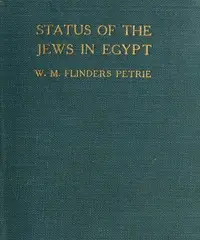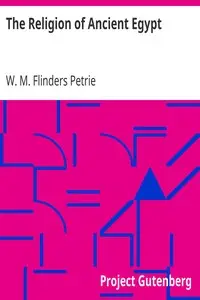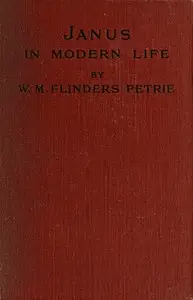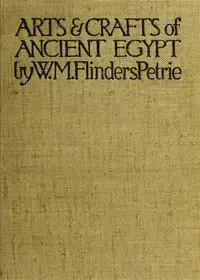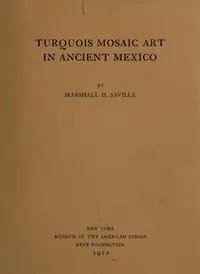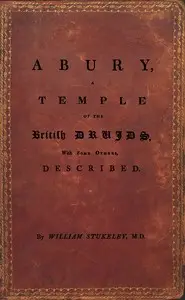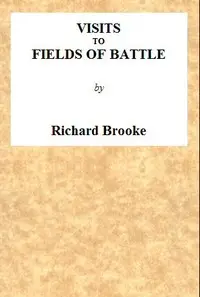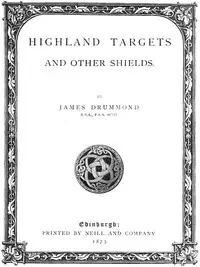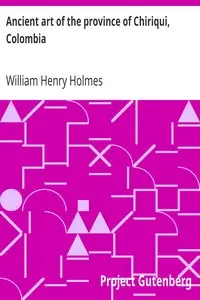"Methods & Aims in Archaeology" by W. M. Flinders Petrie is a historical account that examines the principles of early archaeological work. It emphasizes the shift toward systematic and scrupulous techniques in unearthing and interpreting the past, particularly in ancient Egypt. The narrative underscores the importance of skilled and ethical excavators who would move the discipline away from treasure hunting to a respectful and scientific study. Petrie explains the knowledge and abilities needed to succeed in archaeology, setting the stage for a detailed examination of practical approaches and moral considerations.
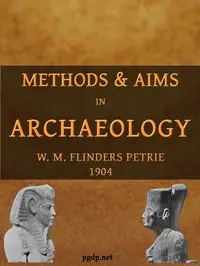
Methods & Aims in Archaeology
By W. M. Flinders (William Matthew Flinders) Petrie
Embark on a journey through the origins of disciplined digging, as the pursuit of ancient secrets transitions from mere curiosity to a methodical science, led by the hands of conscientious excavators.
Summary
About the AuthorSir William Matthew Flinders Petrie, commonly known as simply Sir Flinders Petrie, was a British Egyptologist and a pioneer of systematic methodology in archaeology and the preservation of artefacts. He held the first chair of Egyptology in the United Kingdom, and excavated many of the most important archaeological sites in Egypt in conjunction with his wife, Hilda Urlin. Some consider his most famous discovery to be that of the Merneptah Stele, an opinion with which Petrie himself concurred. Undoubtedly at least as important is his 1905 discovery and correct identification of the character of the Proto-Sinaitic script, the ancestor of almost all alphabetic scripts.
Sir William Matthew Flinders Petrie, commonly known as simply Sir Flinders Petrie, was a British Egyptologist and a pioneer of systematic methodology in archaeology and the preservation of artefacts. He held the first chair of Egyptology in the United Kingdom, and excavated many of the most important archaeological sites in Egypt in conjunction with his wife, Hilda Urlin. Some consider his most famous discovery to be that of the Merneptah Stele, an opinion with which Petrie himself concurred. Undoubtedly at least as important is his 1905 discovery and correct identification of the character of the Proto-Sinaitic script, the ancestor of almost all alphabetic scripts.

